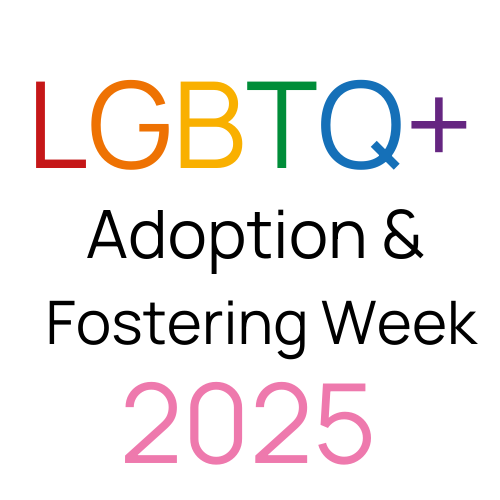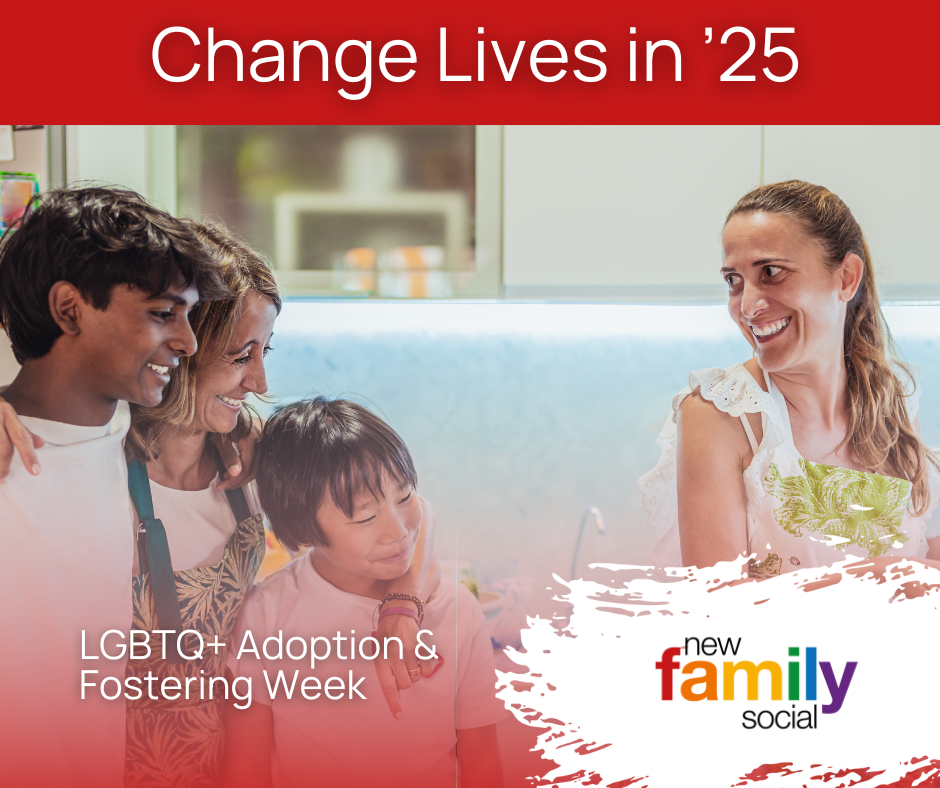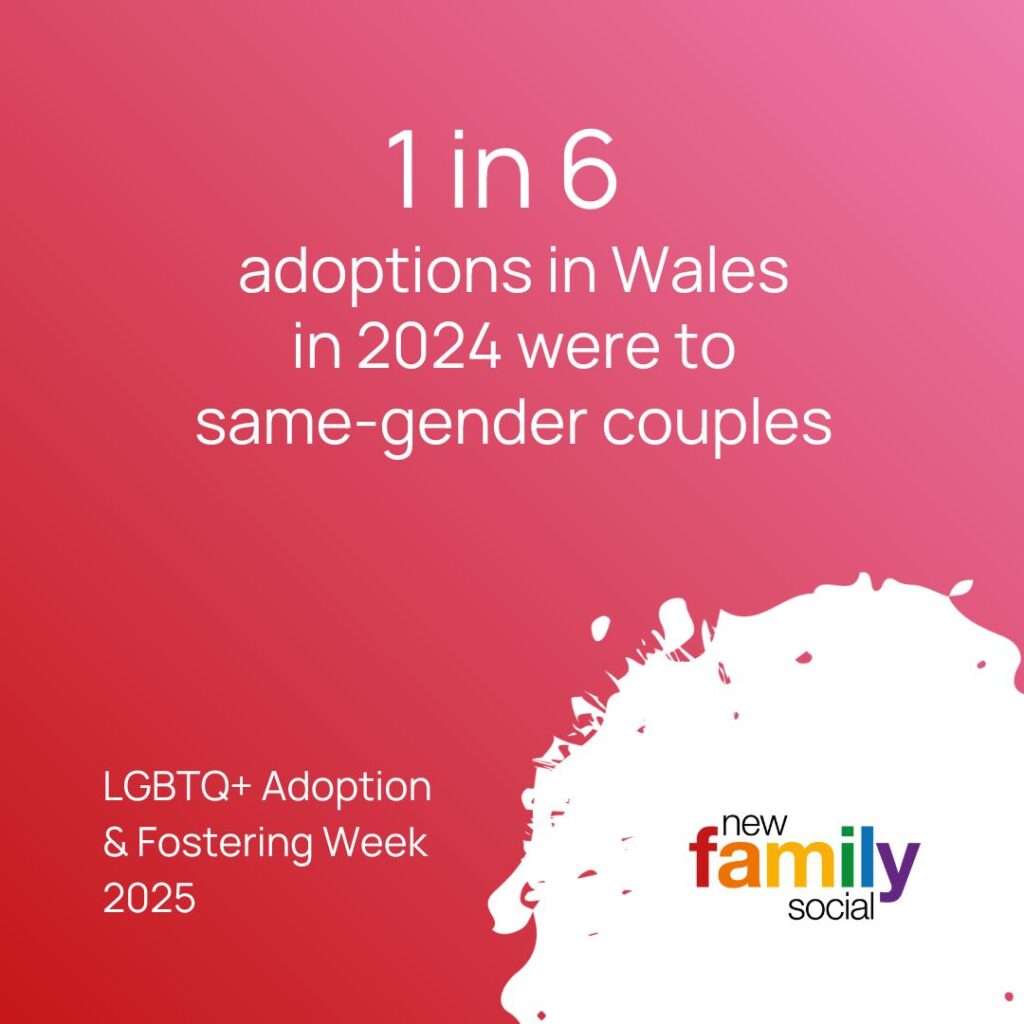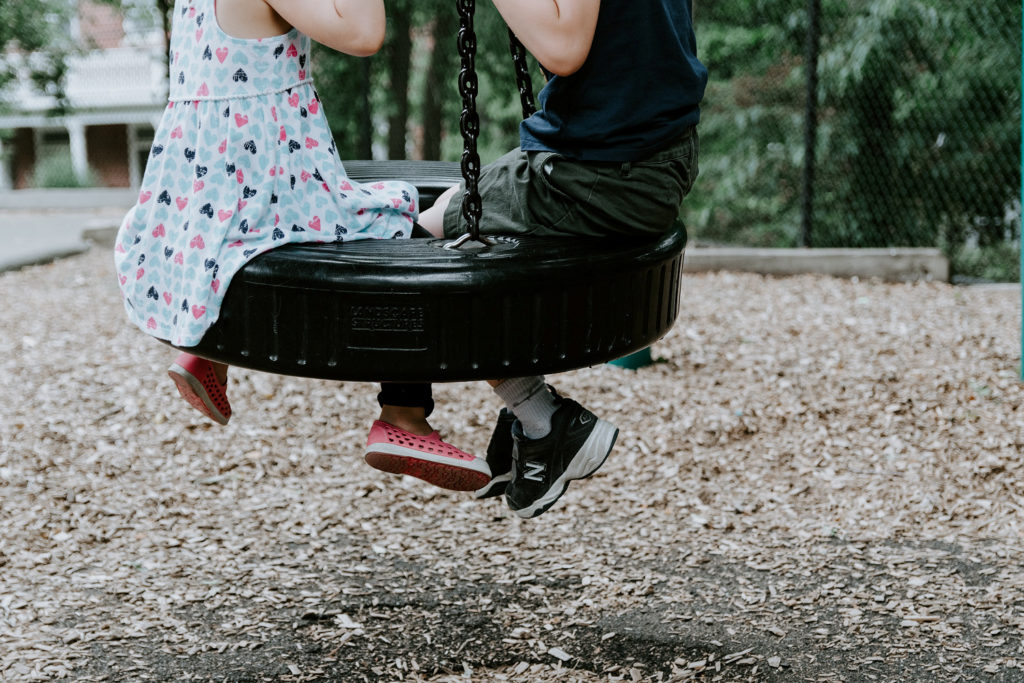
New call for community to explore both routes to building their families
More LGBTQ+ people are needed to step forward to adopt in Carmarthenshire, Pembrokeshire, Ceredigion and Powys. LGBTQ+ Adoption & Fostering Week, which launched on 3rd March, calls for more people from the community to consider adoption in the face of an urgent need for more adoptive parents and foster carers.
Led by charity New Family Social the campaign brings together adoption and fostering agencies from across the country with LGBTQ+ potential applicants. The campaign, rolling out on social media with videos and podcasts, calls on the community to think about how it could change lives in 2025.

In Wales there are some 7,200 looked-after children. Last year alone 1 in 6 adoptions in Wales were to same-gender couples. However, the actual number of adoptions to these couples fell by 15 from 2023.
Tor Docherty, Chief Executive of New Family Social, said: ‘LGBTQ+ people in the UK can and do adopt and foster, but our country’s most vulnerable children need more of us to come forward. You’ll help a child who’s had a chaotic start in life find and forge their identity, changing their life and yours for the better.’

Adopting with Adoption Mid & West Wales means you will also have access to free membership with New Family Social.
If you think you could provide a loving home for a child in need, we can offer you support and guidance throughout the process. By opening your heart and your home, you can make a lasting difference in a child’s life, providing them with the stability and love they deserve.
Adoption Mid & West Wales is a firm supporter of the LGBTQ+ community, and we are proud to have numerous LGBTQ+ individuals and couples in our adoption community. Together, we can create brighter futures for children in need.
| If you live in our West Wales region (Carmarthenshire, Ceredigion or Pembrokeshire) | If you live in our Mid Wales region (Powys) |
| Call: 0300 30 32 505 Email: adoptionenquiries@carmarthenshire.gov.uk | Call: 01597 826052 Email: adoption@powys.gov.uk |







